(click for larger images)
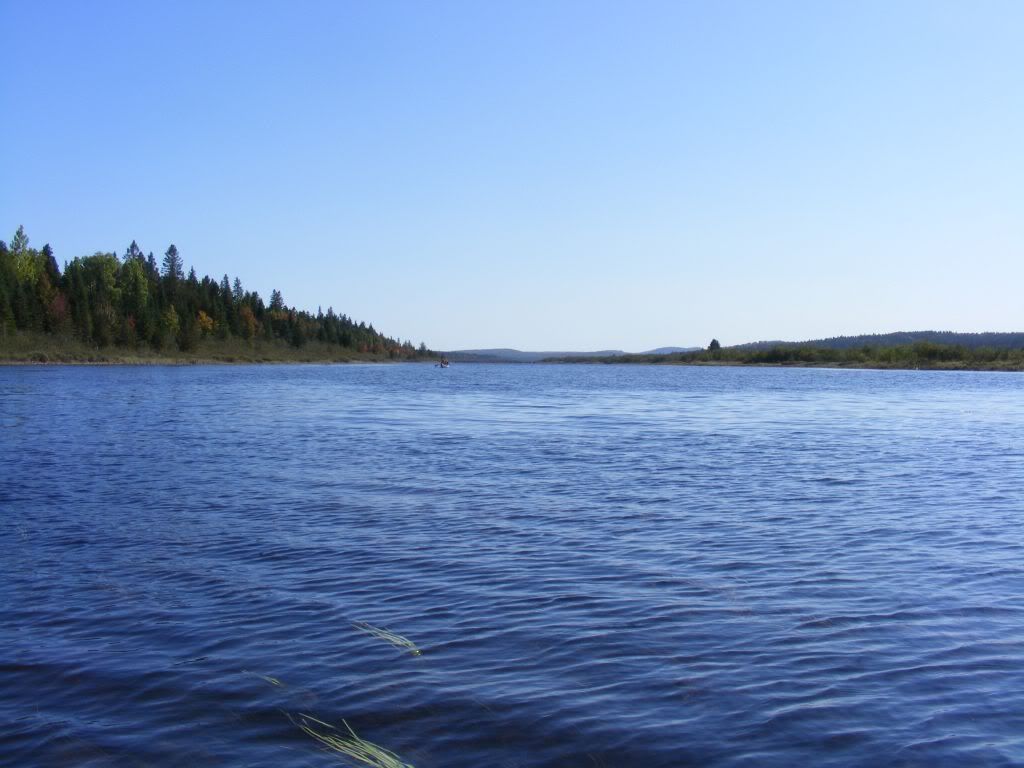
The Fall colors weren't at peak yet, but were coming along fast.
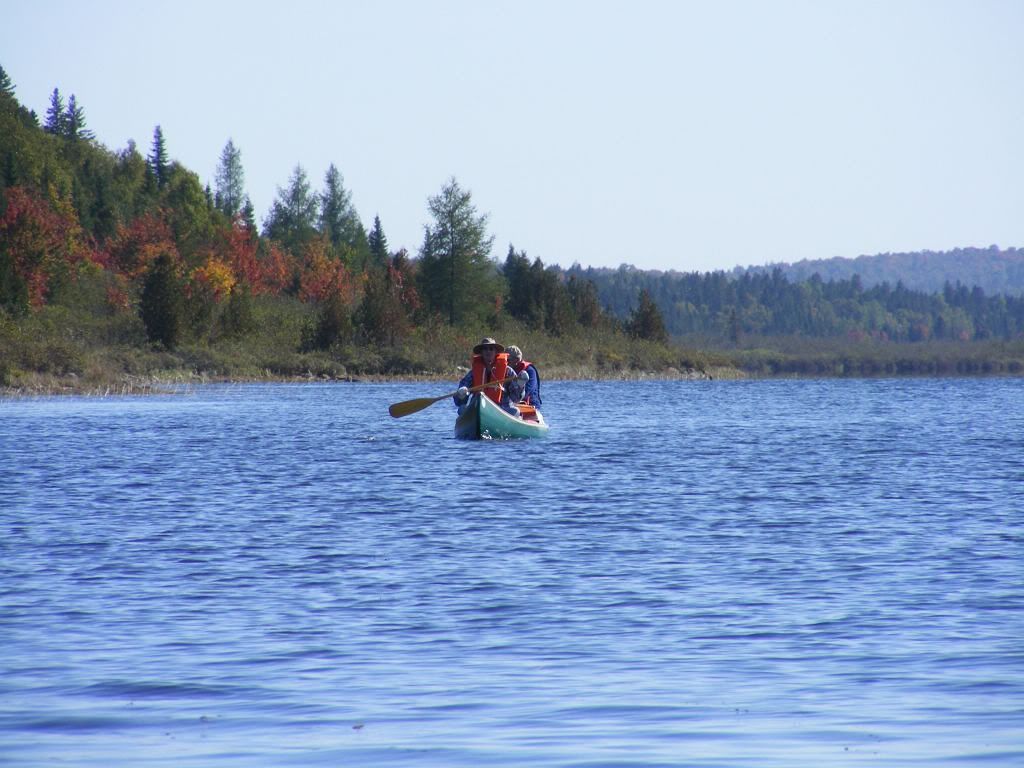
The lake would repeatedly open then narrow then open again, affording many different views.
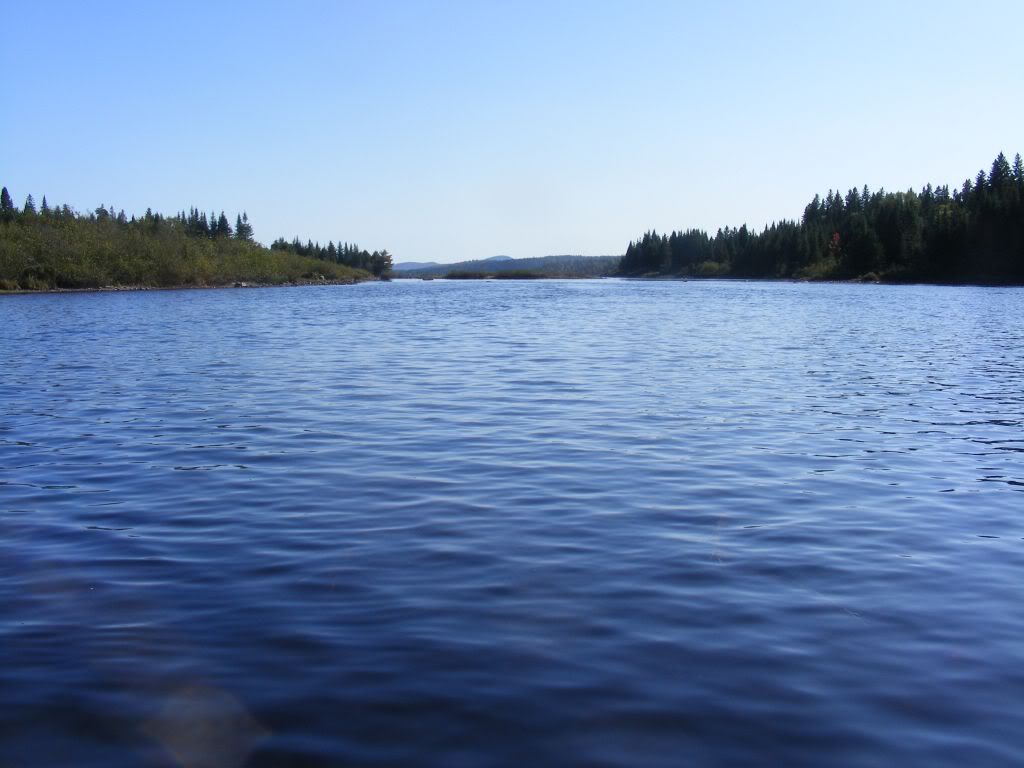
This is an osprey, aka "fish hawk" or "sea hawk." (You can see the distinctive wing markings in the larger view of the photo.) We watched him catch a pretty good-sized fish and carry it to a nearby treetop for consumption.
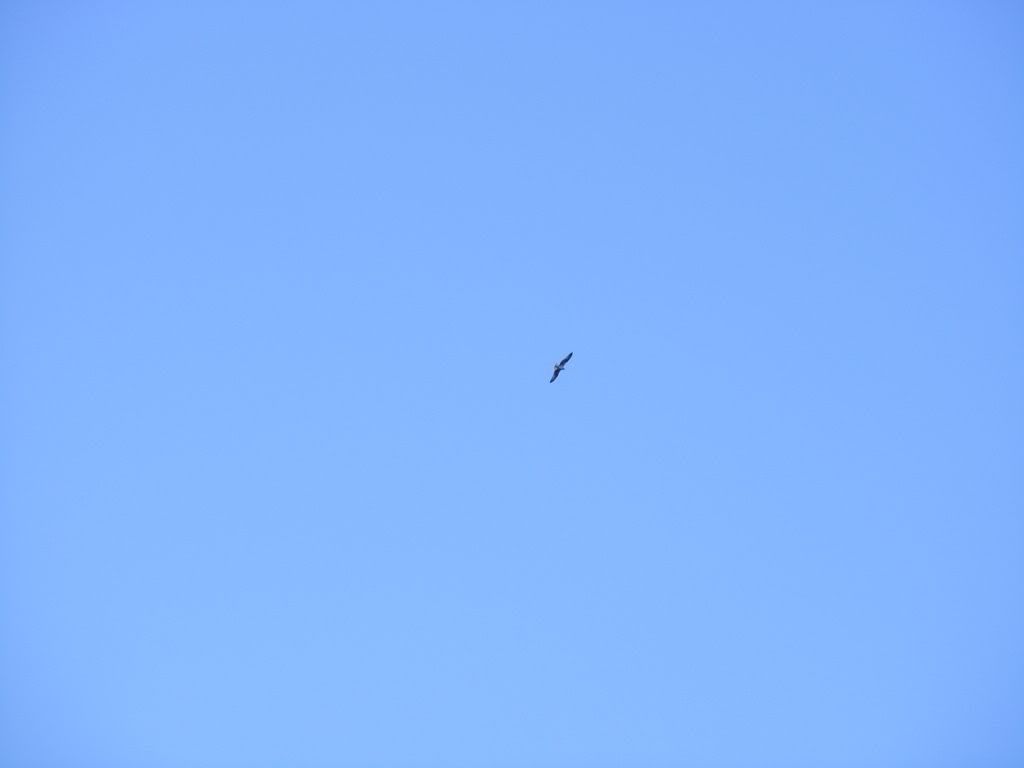
The narrower sections of the lake had more to look at, and also gave a greater sense of progress because the shore seemed to move by faster.

But the open water had some wonderful views.

In New England, rivers are at their lowest in late summer, and the Allagash's bones were showing in many places.
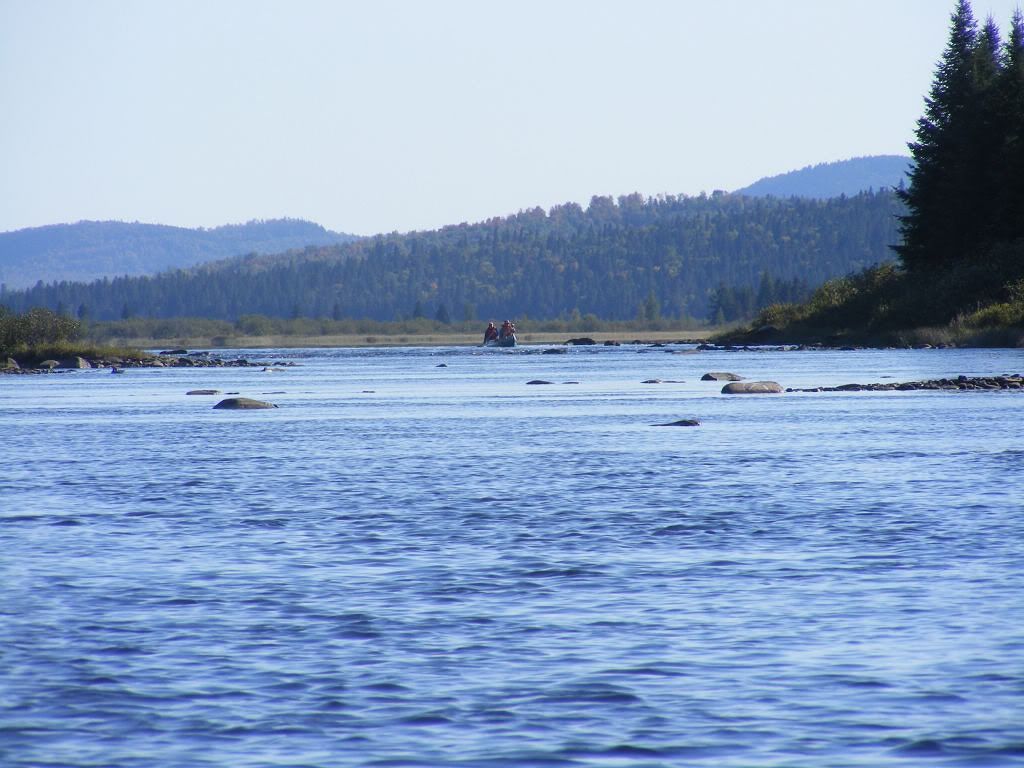
It required some careful paddling to get around the worst of the rocks. Some places were wide but shallow, and our loaded canoes grounded frequently. In this thin-watered stretch, one canoe got through with just some paddle-poling and shifting of our weight, but the second canoe got stuck and required one person to get out and pull, just after this shot was taken.
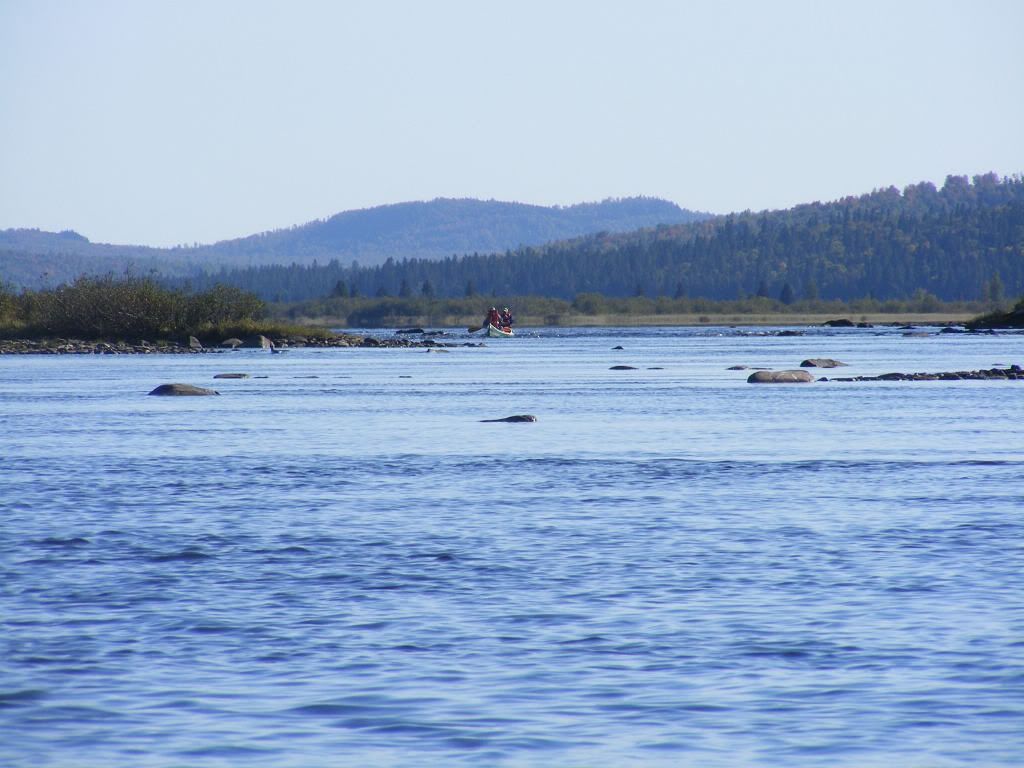
The maps show only Class 1 rapids here, but the sign and the maps' text suggested otherwise.
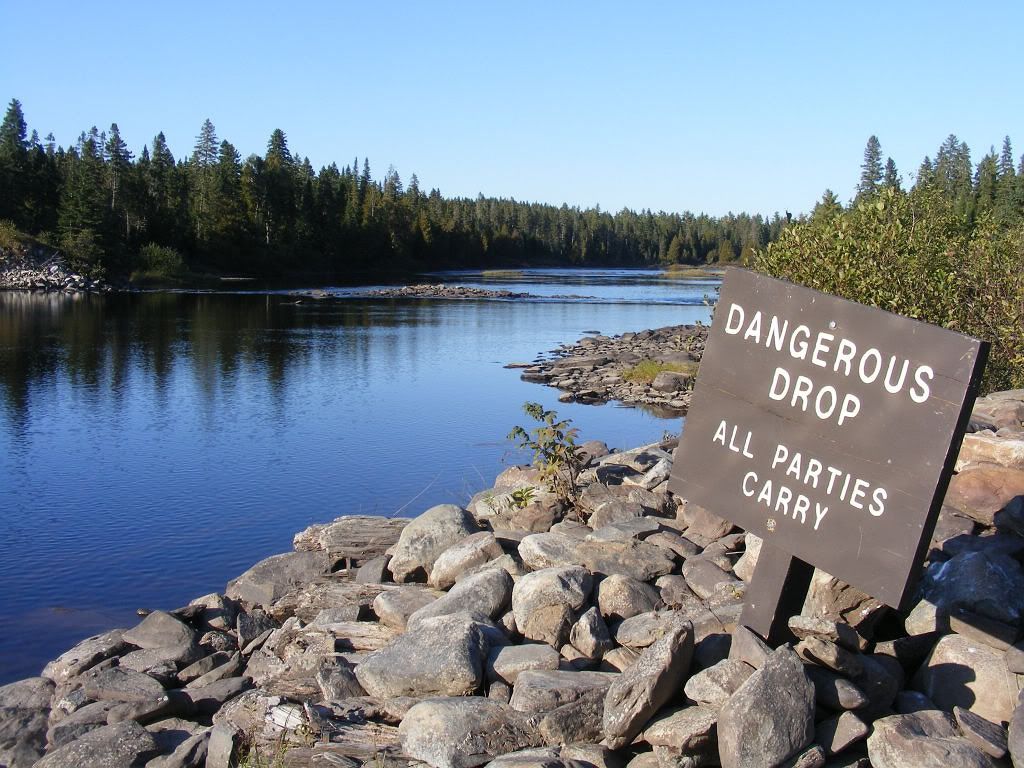
From the canoe, it sure didn't look dangerous:
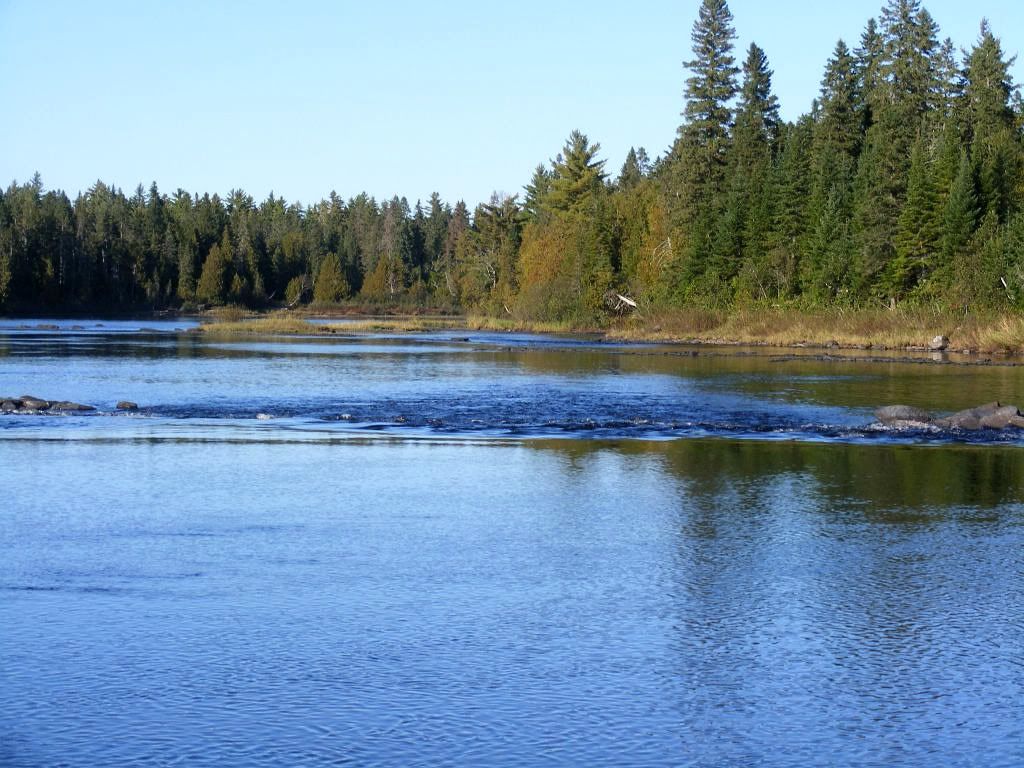
But we heeded the signs and portaged the canoes to a close by camp site. I poked around to see what the danger was.
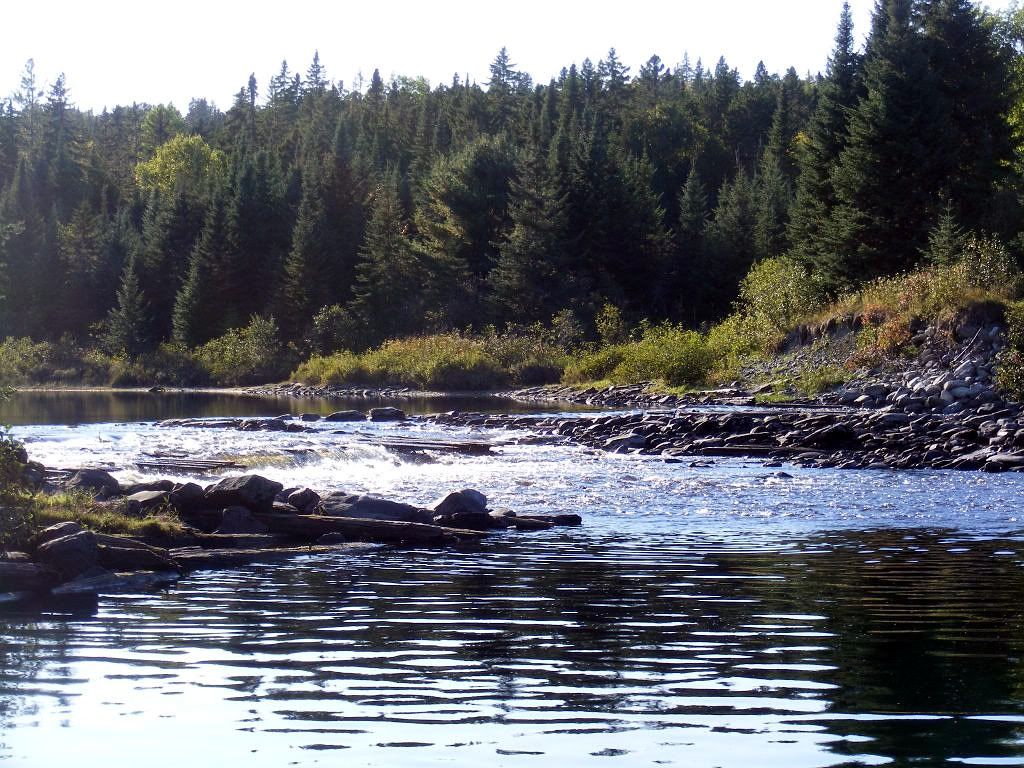
It's the ruins of an old dam, but what was so dangerous? Shallow, yes, but it still didn't look too bad.
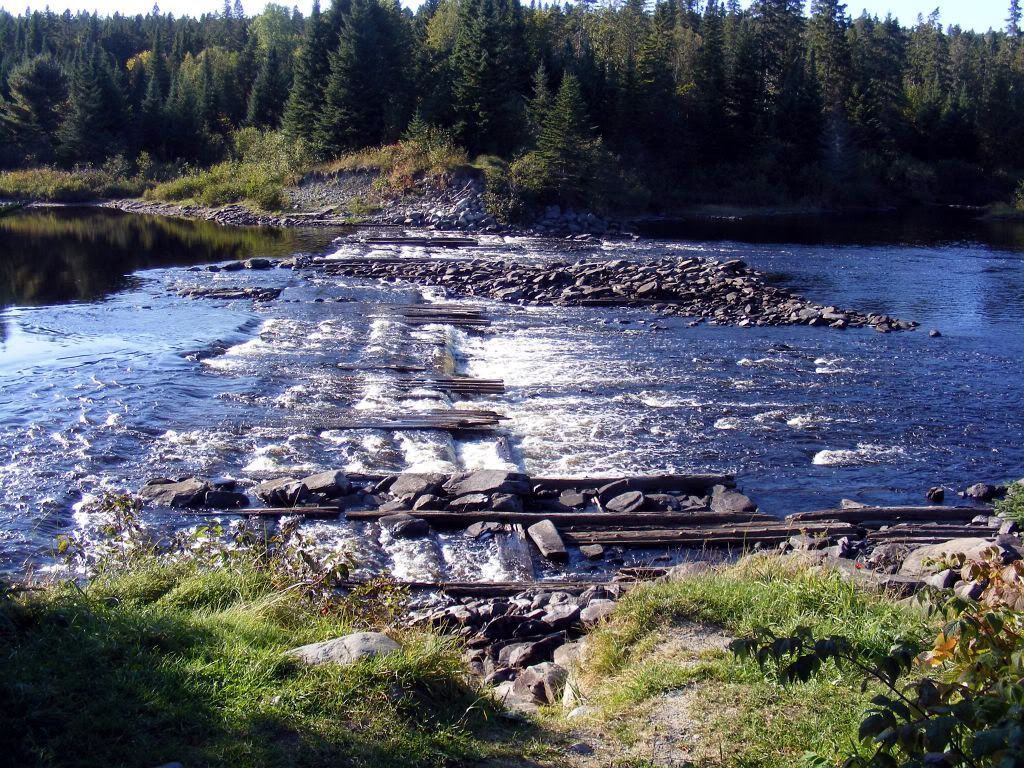
Well, until I got close:
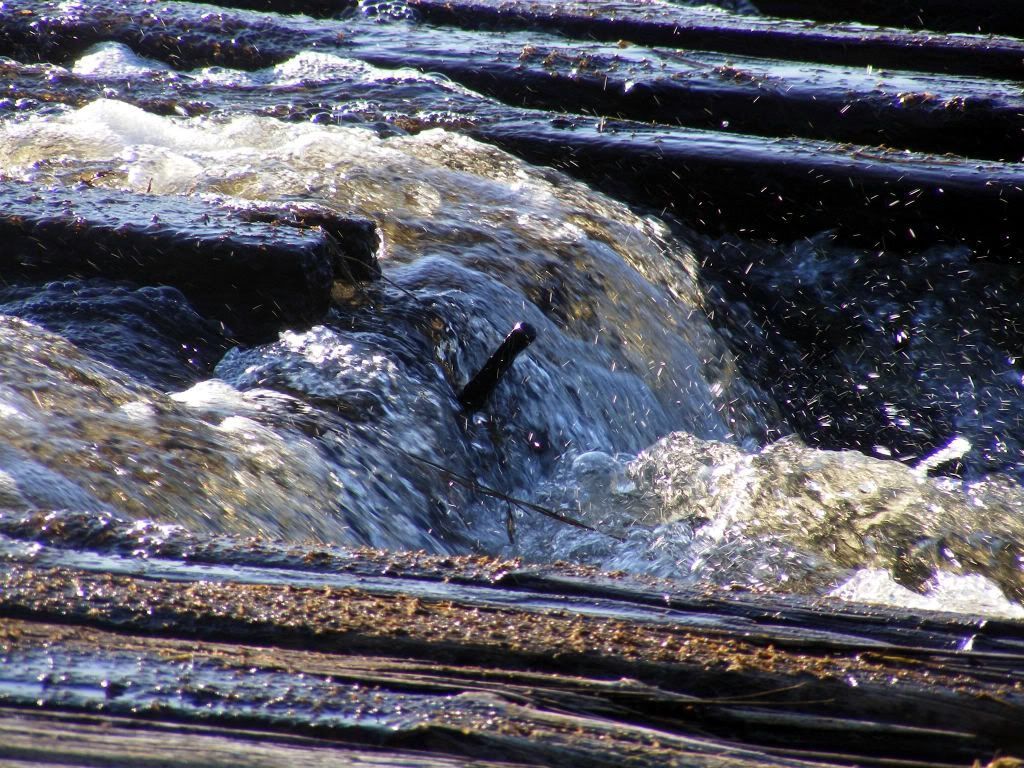
These large, railroad-type spikes could tear the bottom out of a canoe:
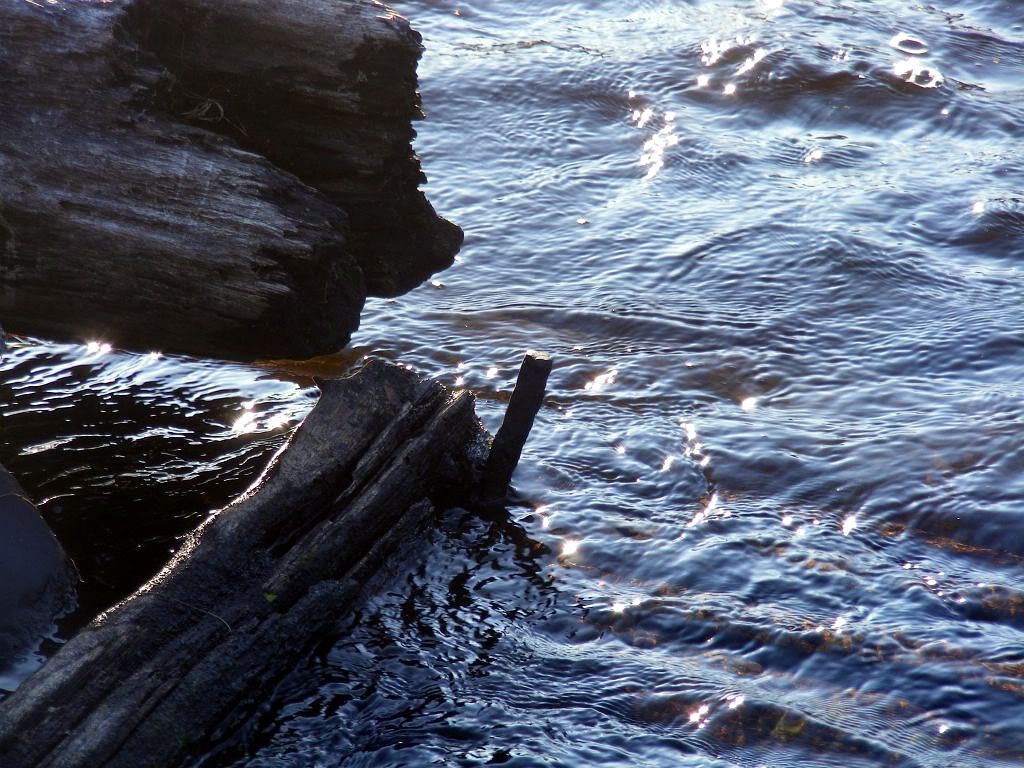

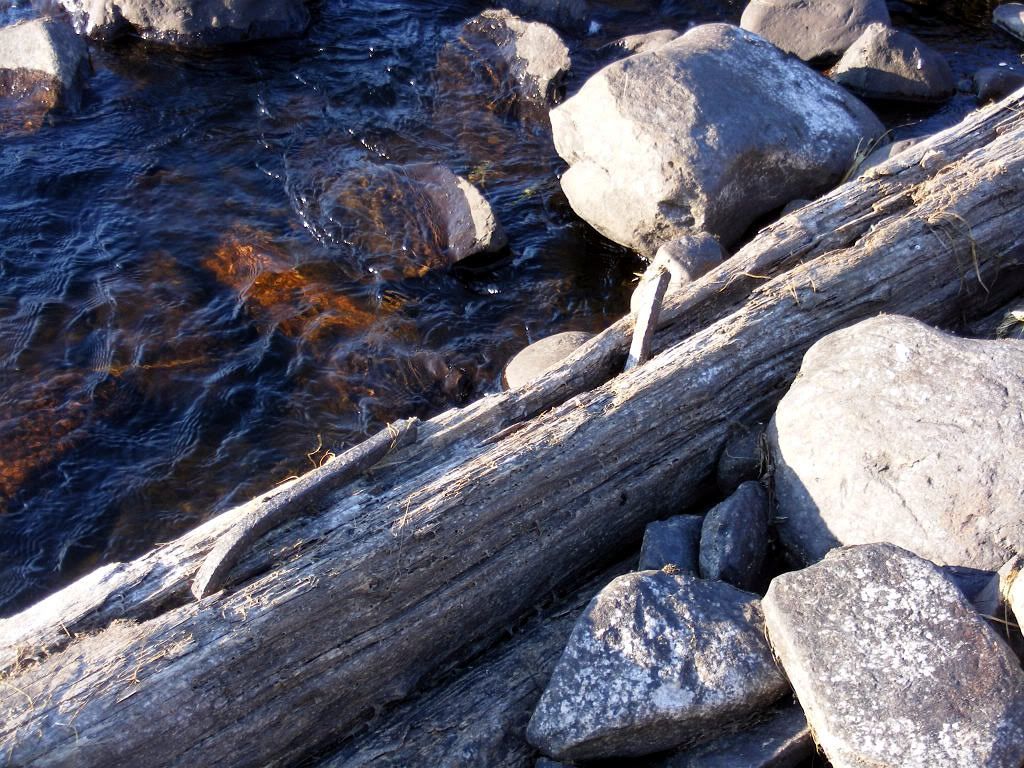
Even the larger nails could ruin your day. This one was close to a foot long (30cm).

So, we were glad we heeded the signs.
The Long Lake Dam campsite was right by the river on what had been one of the dam's embankments, and was easily one of the very nicest spots I've ever camped in. Clean, very isolated, wonderful!
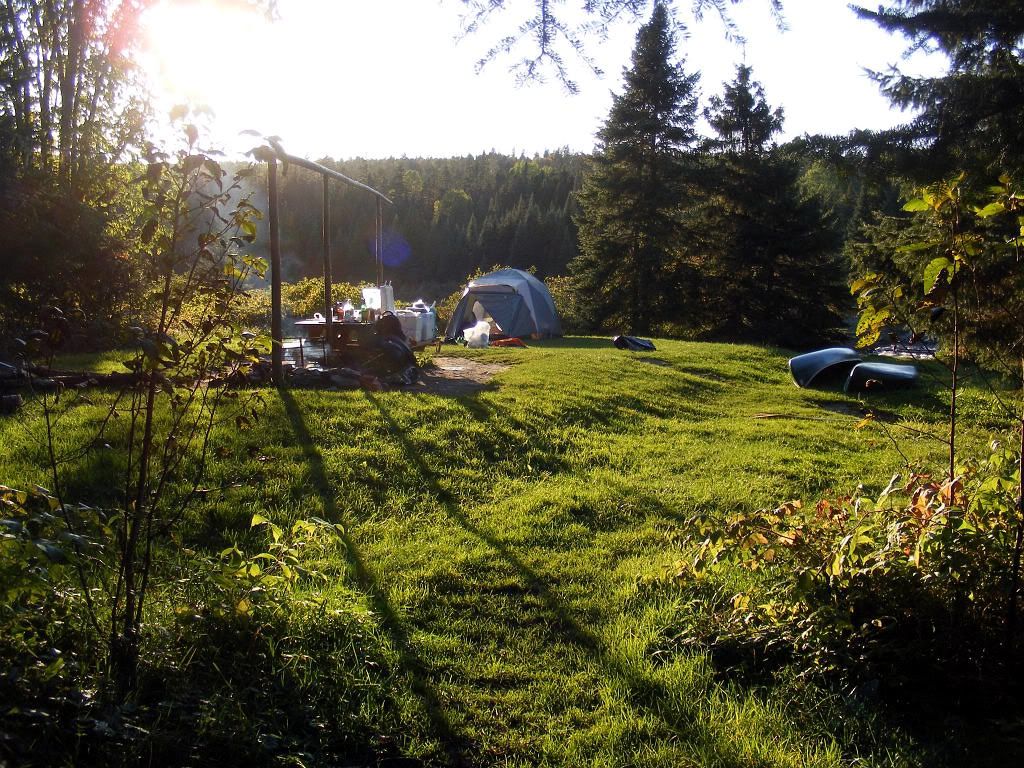
If you're just skimming through, that photo, above, might be worth clicking to see the larger version. it was a spectacular tent site, with no one around for miles.
The facilities still were a bit primitive, but what the hell. :-)
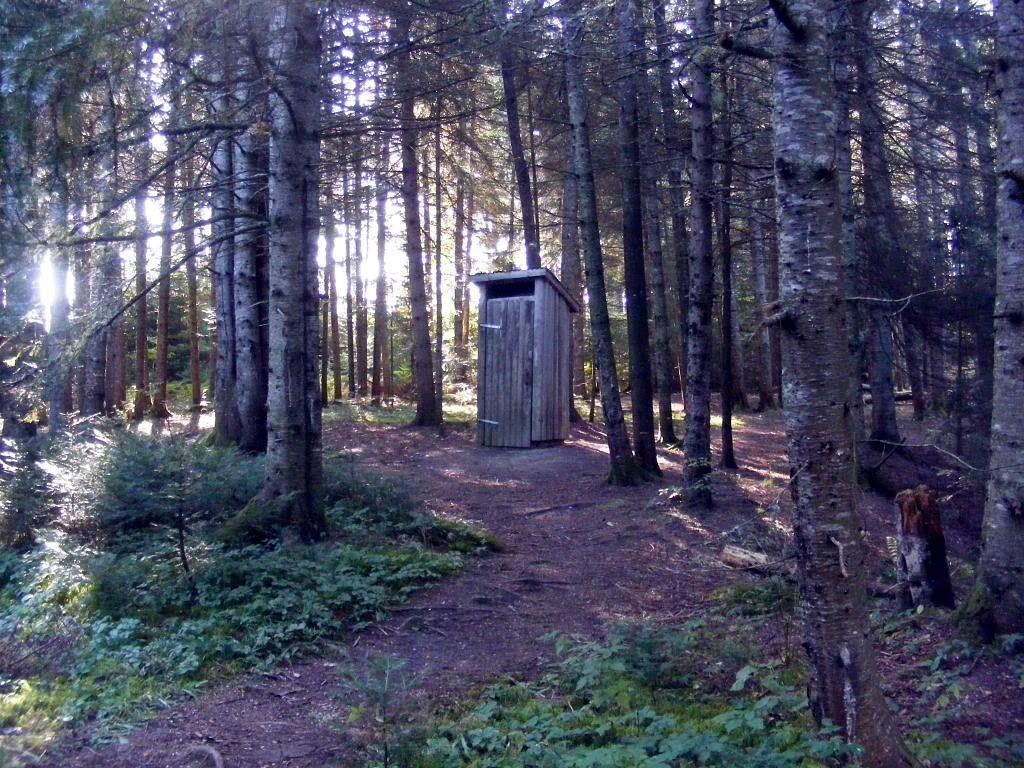
The dam had actually been part of a tramway system for hauling logs across the river, long ago. The rusting ruins of the tramway machinery were scattered in the nearby woods.
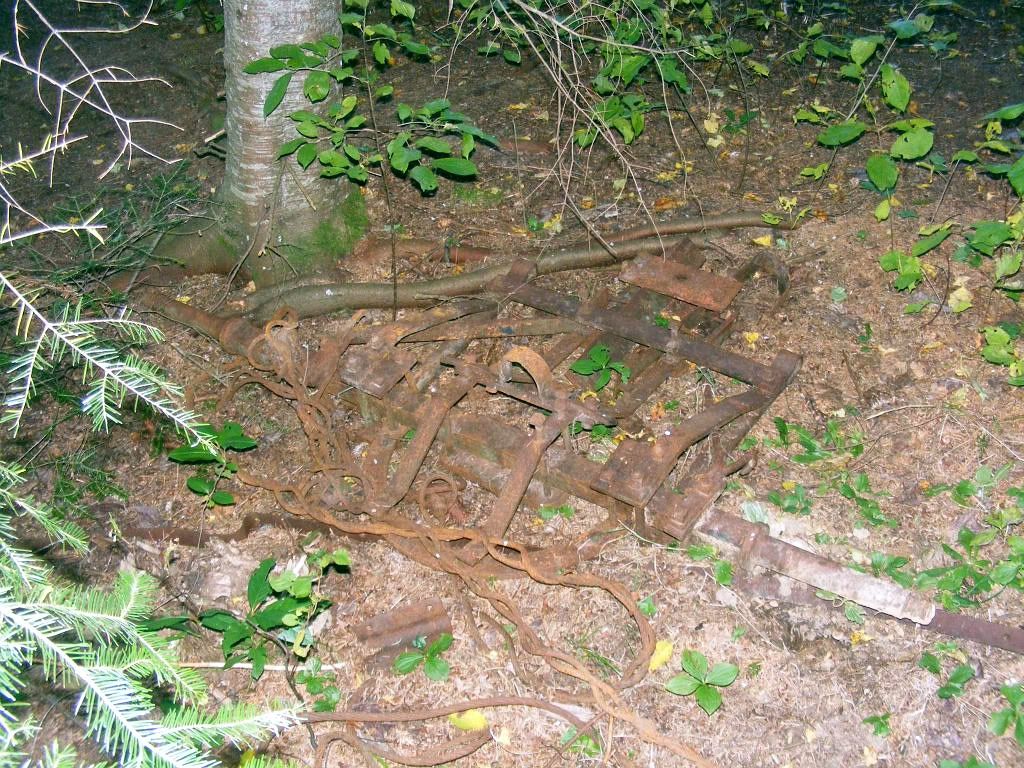
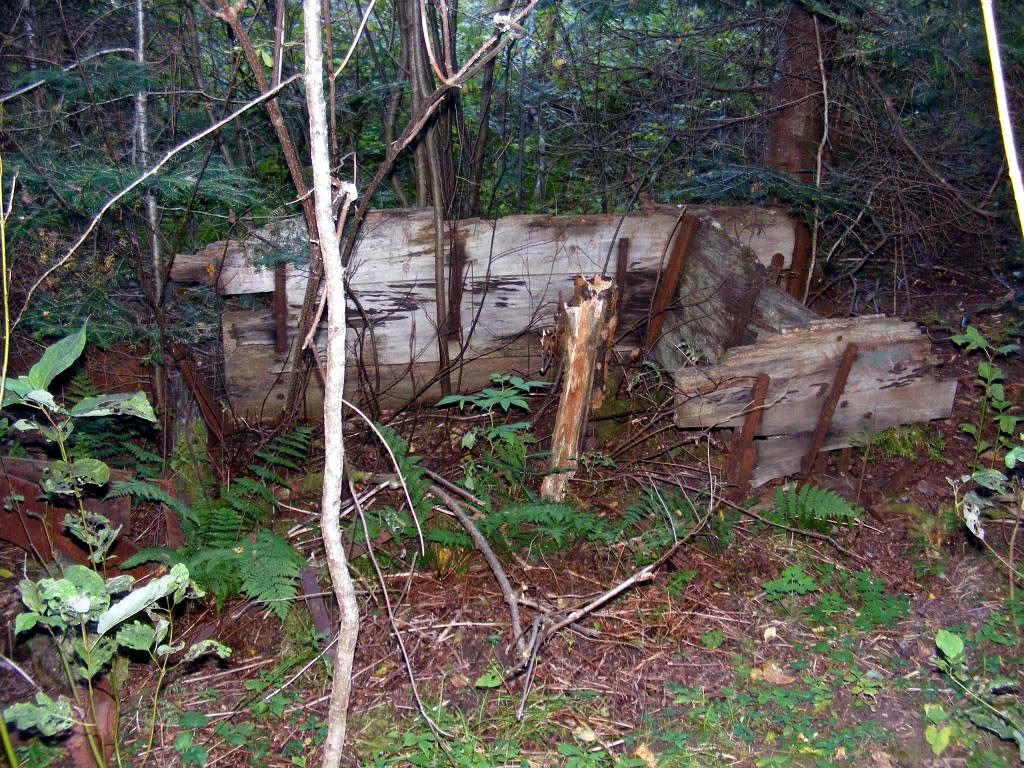
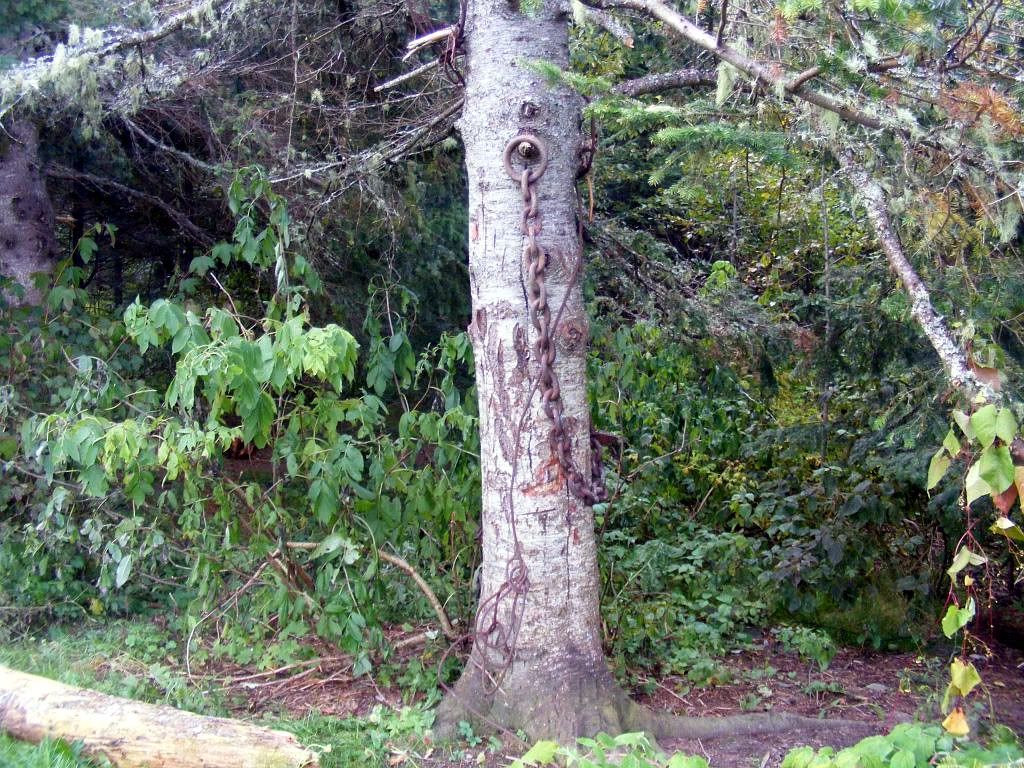
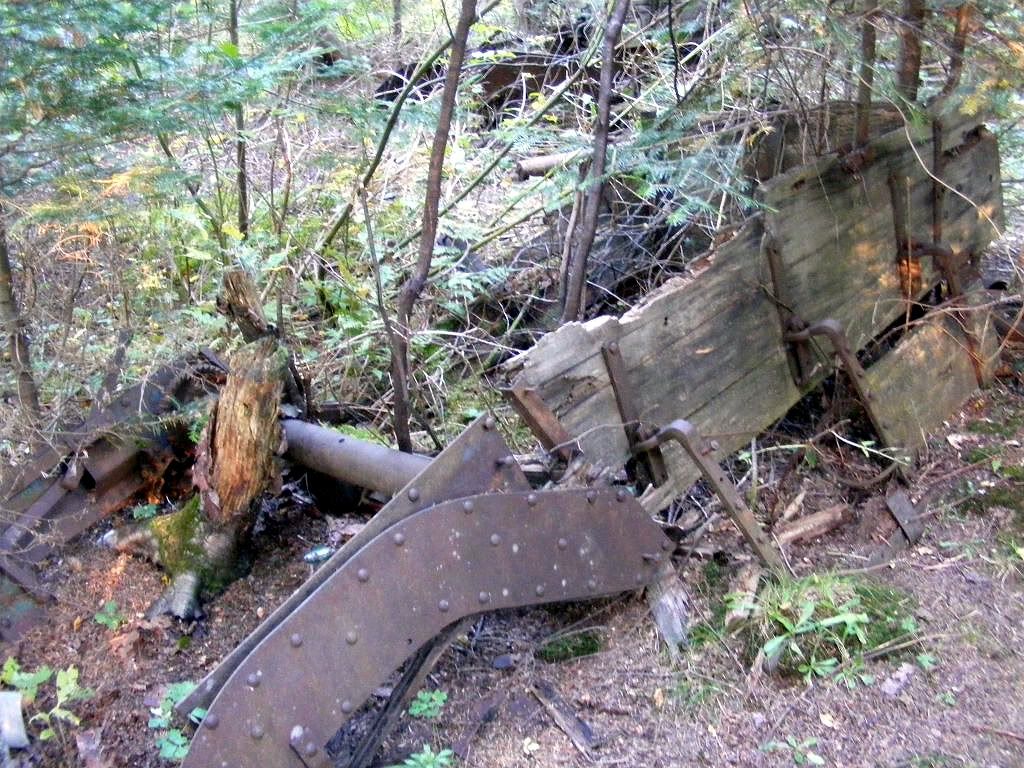

As the sun began to set, the temperature started falling fast, so it was time to break out the axe and scrounge for deadwood to get a good fire going; after dark, we'd appreciate the radiant heat from the warmed rocks and the deep bed of hot coals:
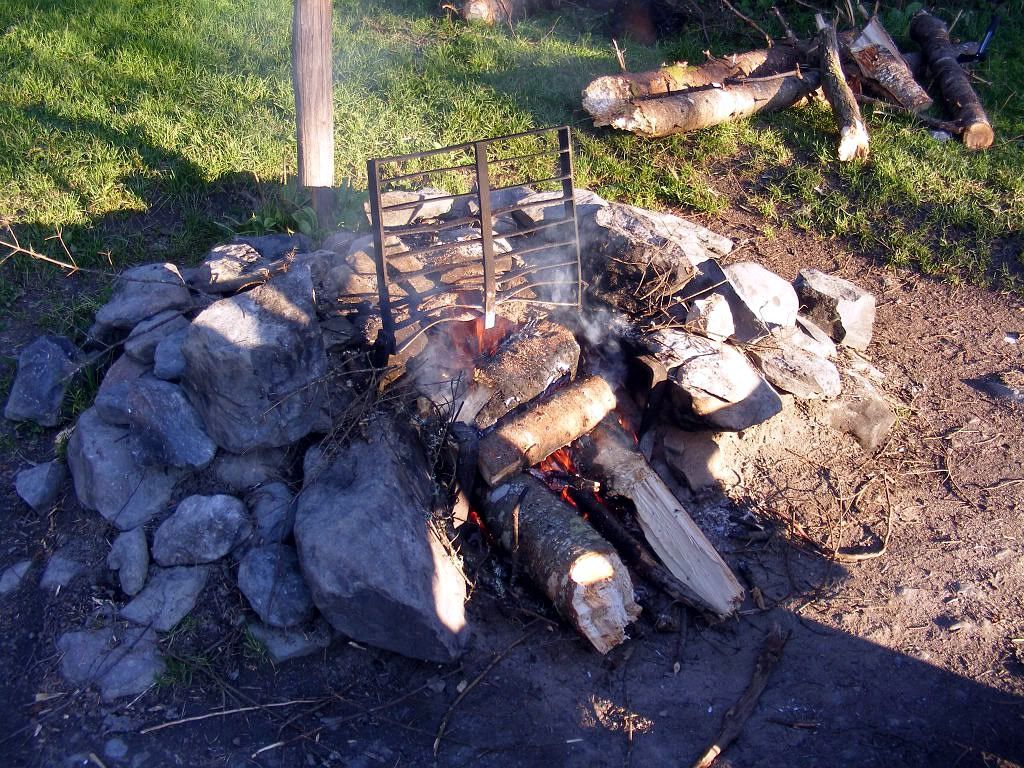
Before long, the air had cooled below the water temperature and the Allagash was again starting to steam in the still air.
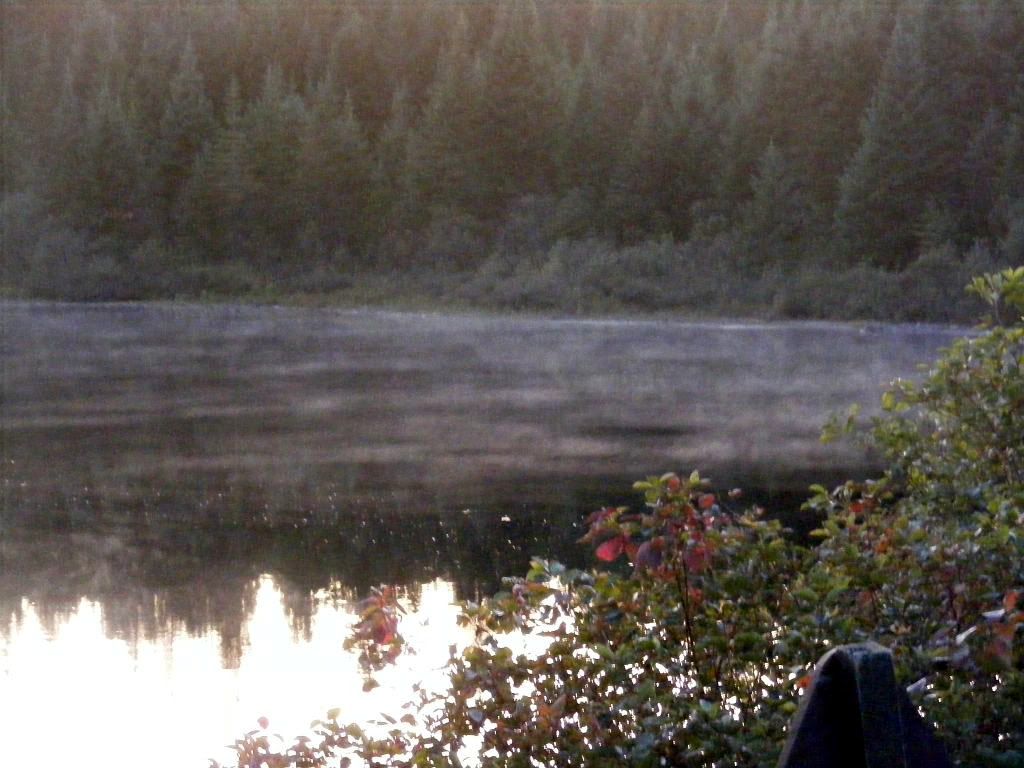
We all slept well that night from the exercise, the fresh air, and the soothing sound of the gentle waterfall across the dam ruins.
More tomorrow!
No comments:
Post a Comment